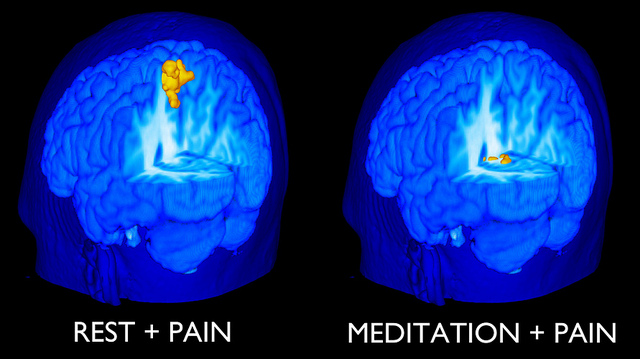
Migraine sufferers will leave no reasonable preventive or treatment option unexplored if it may hold hope of eliminating or preventing a migraine. One “alternative therapy” that has shown great promise in migraine treatment is biofeedback.
What is Biofeedback?
A therapist certified by the Biofeedback Certification International Alliance (BCIA) conducts supervision of biofeedback therapy sessions with patients. The BCIA is a member of the Institute for Credentialing Excellence and certifies therapists for biofeedback and neurofeedback. The Mayo Clinic endorses BCIA certification. Certification is for four years after which a therapist must recertify by providing proof of 55 hours of relevant continuing education or take the written exam again.
A number of healthcare providers offer biofeedback therapy including physical therapists, psychologists, psychiatrists, social workers, and general physicians. Contact the Association for Applied Psychophysiology and Biofeedback to locate a biofeedback provider near you.
Biofeedback is a therapy for migraine sufferers that teach stress-reduction techniques. To learn these techniques, a patient connects to measuring device and collects information such as muscle tension, brain waves, skin temperature, and other physical measurements. A screen then displays the information, mqany times in different forms like numbers, sounds, or electric waves. An example of information that could be useful for a migraine sufferer is measuring skin tempature. When a patient feels stressed, the skin temperature cools as blood vessels that warm the skin constrict. Conversely, if a person is relaxed the skin temperature warms due to the dilated blood vessels.
Biofeedback Treatment for Chronic Migraines
Many clinical studies show that people suffering a migraine attack have blood flow changes in the brain. The blood flow patterns differ during the pain-free periods between attacks. With the training associated with biofeedback, patients can better manage the migraine attack by influencing the blood flow to the brain. The majority of clinical studies suggests that biofeedback is successful at reducing the frequency and duration of migraines. Moreover, children and adults can both benefit from using biofeedback for migraines. The studies indicate that the use of biofeedback is on a par with the success of many drugs used for chronic migraine headaches and are an excellent choice for early treatment of recurrent migraine attacks.
The goal of biofeedback is to teach patients to change the body’s normal reaction to stress. A number of relaxation exercise techniques are used to reduce stress by biofeedback. These techniques include but are not limited to:
-
Deep Breathing
-
Mindfulness meditation—a technique to lose negative thought
-
Progressive muscle relaxation—relaxing and then tightening a number of muscle groups
-
Guided imagery—selecting a focal point such as a sailboat to focus on so the patient feels more relaxed
As patients begin to master these exercises, the screen provides information that displays a slowing heart rate or lower blood pressure. The idea is for patients to become adept enough to control these functions without the need for biofeedback equipment. A biofeedback therapy session typically lasts between 30 and 60 minutes. Many migraine patients practice relaxation techniques at home for about 10 minutes per day and go back to their therapist for follow up sessions.
Biofeedback has been hailed as a safe therapy alternative with no reported negative side effects.
Percentage of Migraine Sufferers Finding Relief Using Biofeedback
|
Biofeedback Benefit |
Percentage of Migraine Sufferers Helped |
|
Helped me stay calm during migraine |
95% |
|
Helped reduce intensity of migraine |
81% |
|
Helped me take less medication |
80% |
|
Reduced time my headache lasted |
73% |
|
Let me stop a headache completely on some occasions |
49% |
Source: Excedrin.com
Types of Biofeedback Therapy
Thermal
Controlling skin temperature is useful in fighting migraines. Making skin warmer means the patient is opening constricted blood vessels and promoting relaxation. During therapy, the therapist attaches a thermometer to the patient’s finger that measures blood flow. The blood vessels found in the fingers are very sensitive to stress and constrict during stress and relax when stress lessens.
Neurofeedback or Electroencephalograph (EEG)
EEG therapy monitors the kind of electrical energy (brain waves) produced by the brain using electroencephalography. In the therapist’s office, the information (feedback) is real time. EEG biofeedback therapy’s goal is to enable patients to have conscious control of brainwave activity. Eighty percent of migraine and tension headache sufferers report an improvement in syndromes.
Electomyograph (EMG)
An EMG measures the amount of electrical energy the muscles in your forehead generates. This form of therapy is likely for sufferers of migraines caused by muscle contractions.
Have you tried biofeedback therapy? Share your experiences in the comment section below.
Image Source: On Being

